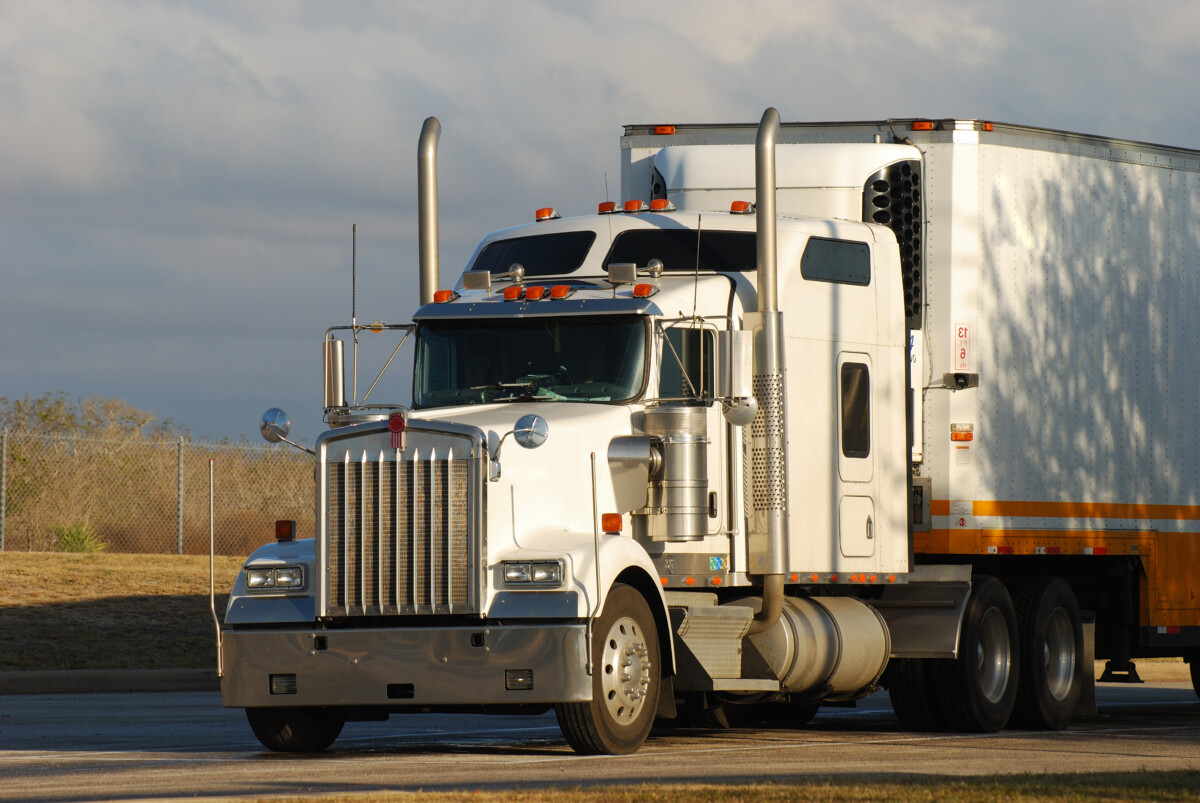EPA sets ‘strongest-ever’ emissions standards for heavy duty trucks

The U.S. Environmental Protection Agency (EPA) announced the “strongest-ever” greenhouse gas emissions standards for heavy-duty trucks, a move that has drawn ire from the trucking industry.
Truck Makers To Face Tougher Emissions Standards Under New Rule
On Friday, March 29, the EPA announced a Final Rule to tighten standards on emissions for heavy-duty trucks for model years 2027 through 2032 as part of the agency’s larger Clean Trucks Plan.
The rule affects truck manufacturers and is “performance-based,” allowing truck makers to choose the technology required to achieve the set emissions standards, whether that be through “advanced internal combustion engine vehicles, hybrid vehicles, plug-in hybrid electric vehicles, battery electric vehicles, and hydrogen fuel cell vehicles.”
See the table below for model year emission reduction standards.

The agency says that the new emission standards will “avoid approximately 1 billion metric tons of greenhouse gas emissions from 2027 through 2055.”
The EPA introduced the rule in April 2023. The agency argues that they did relax the stringency of the rule somewhat based on feedback from industry stakeholders.
Trucking Groups Denounce EPA Rule
Both the American Trucking Associations (ATA) and the Owner-Operator Independent Drivers Association (OOIDA) have spoken out vehemently against the EPA final rule.
The ATA called the new emissions targets “unachievable” and warns that they will harm the supply chain and the U.S. economy. The group also says that the EPA is forcing trucking into investing massive amounts of money into unproven battery-electric and hydrogen technology in order to stay compliant.
“ATA opposes this rule in its current form because the post-2030 targets remain entirely unachievable given the current state of zero-emission technology, the lack of charging infrastructure and restrictions on the power grid,” said ATA President and CEO Chris Spear. “Given the wide range of operations required of our industry to keep the economy running, a successful emission regulation must be technology neutral and cannot be one-size-fits-all. Any regulation that fails to account for the operational realities of trucking will set the industry and America’s supply chain up for failure.”
OOIDA called Friday morning’s news from the EPA an “assault” on small business truckers.
“Small business truckers, who happen to care about clean air for themselves and their kids as much as anyone, make up 96% of trucking. Yet this administration seems dead set on regulating every local mom and pop business out of existence with its flurry of unworkable environmental mandates. This administration appears more focused on placating extreme environmental activists who have never been inside a truck than the small business truckers who ensure that Americans have food in their grocery stores and clothes on their backs. If you bought it, a trucker brought it,” said OOIDA President Todd Spencer.
“The members of the Clean Freight Coalition have a long history of collaborating with federal regulators on sound regulations that support environmental improvements at the right speed. However, our members oppose the Environmental Protection Agency’s final Greenhouse Gas Emissions Regulations for Heavy-Duty Vehicles-Phase 3 rule – a regulation that will require the adoption of zero-emissions commercial vehicles at a pace that isn’t possible due to the limits of today’s technology,” said Clean Freight Coalition (CFC) Executive Director Jim Mullen.
Trucking groups are also concerned that the charging infrastructure needed to support the trucking industry’s transition to electric vehicles isn’t yet available.
Earlier this month, a study from the CFC stated that the cost for the infrastructure needed to fully electrify the U.S. trucking fleet would be approximately $1 trillion.